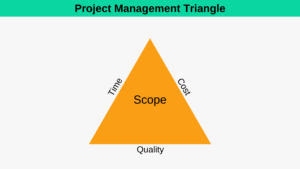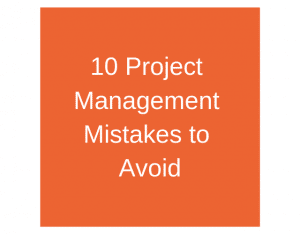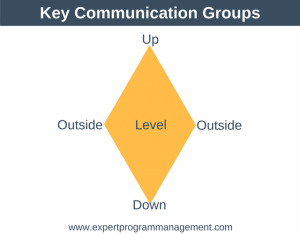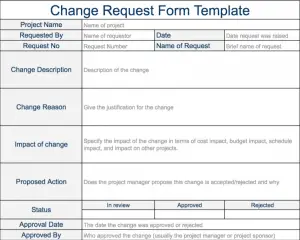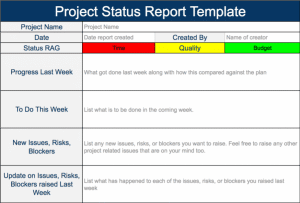ITIL is an acronym for Information Technology Information Library, and is simply a set of best practice for Service Management. Service Management is a set of specialized organizational capabilities for providing value to customers in the form of services. Or, in English, Service Management has the primary objective of ensuring that IT Services are aligned to the business needs and that they actively support the business.
If you’re a project manager who is about to take up a role in an organization using ITIL, or you have to interface with Service Management teams, then it’s a good idea to understand the basics of ITIL. This article aims to take you very briefly through the key concepts in ITIL, so that you can converse on a high level with Service Management teams in an intelligent manner.
The benefits for an organization of using ITIL can include:
- Improved management of IT costs and quality.
- Changes within IT become easier to manage.
- Meaningful and measurable performance metrics are obtained.
- Standardization leads to clearer, less ambiguous communications.
- The IT Service organization and the services within it become more customer focused.
There are 5 components which make up ITIL v3. These are:
- Service Strategy
- Service Design
- Service Transition
- Service Operation
- Continual Service Improvement
Within the ITIL library each of these is a volume of work, but in this article you’ll just be given the high level view of each so that you get a good basic understanding of ITIL.
1. Service Strategy
The Service Strategy volume is all about helping organizations realize value from IT over the longer term. Core topics within this volume include market analysis, service value definition, and business case development, amongst others. There are three processes in the Service Strategy category:
- Service Portfolio Management
- Demand Management
- IT Financial Management
2. Service Design
This volume doesn’t look at the design of the technology itself, but instead focuses on only aspects related to the delivery of whatever technology is designed. The list of processes covered under Service Design are:
- Service Catalogue Management
- Service Level Management
- Risk Management
- Availability Management
- IT Service Continuity Management
- Information Security Management
- Compliance Management
- IT Architecture Management
- Supplier Management
3. Service Transition
This category relates to the project side of Service Management rather than the operational or business-as-usual side of the organization. The projects within this category move developed services into live use. The processes in this category are:
- Service Asset and Configuration Management
- Service Validation and Testing
- Evaluation
- Release Management
- Change Management
- Knowledge Management
4. Service Operation
This category contains best practice for delivering the service levels agreed between the business and Service Management. Note the difference between SLA (Service Level Agreement) and OLA (Operational Level Agreement). The SLA is what the Service Management organization is promising the business, whereas OLAs are what the different groups within Service Management promise each other in order to meet the overall SLA in combination. The processes of Service Operation are:
- Event Management
- Incident Management
- Problem Management
- Request Fulfilment
- Access Management
5. Continual Service Improvement
The Continual Service Improvement (CSI) category ensures that IT services stay aligned with the continually changing business demands. The processes within the CSI category are:
- Service Level Management
- Service Measurement and Reporting
- Continual Service Improvement
The Lifecycle
Here is a brief overview of the lifecycle which occurs following a change or new requirement from the business:
- Requirements are identified and agreed within the Service Strategy stage with a Service Level Package (SLP) and a desired set of business outcomes
- This passes to the Service Design phase where a solution is produced together with a Service Design Package (SDP) containing everything necessary to take this service through the remaining stages of the lifecycle.
- The SDP passes to the Service Transition stage where the service is evaluated, tested and validated.
- The Service Knowledge Management System (SKMS) is updated, and the service is transitioned to the live environment, where it enters the Service Operation stage.
- Wherever possible, Continual Service Improvement identifies opportunities for the improvement of weaknesses or failures anywhere within the lifecycle or business.
Summary
I hope this article has given you a good grasp of the ITIL basics, including the benefits of ITIL and the categories which make up ITIL, so that you have enough knowledge to converse at a high level with any colleagues using ITIL. If your appetite has been wetted and you’re looking for more detailed ITIL information, a good book on the subject is ITIL V3 Foundation Complete Certification Kit, by Michael Wedemeyer et al.
